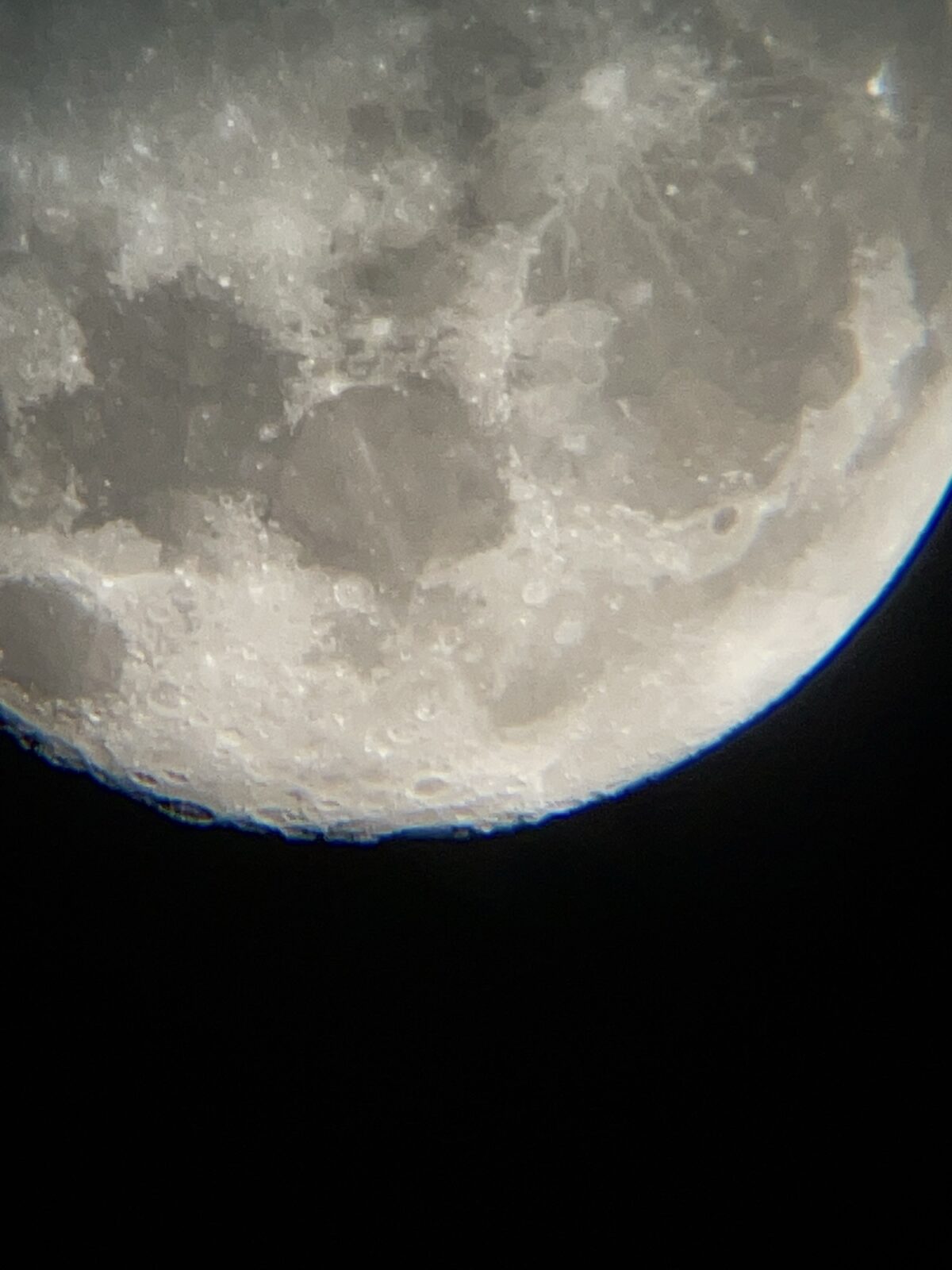Is this the first place I can find myself?
Am I here watching unknowing as my grandfather sets up a tripod to take these photos tightly framing the screen of their Phillips TV?

It’s July 1969 and I was born five months ago. People are walking on the moon.
Is my round baby face in the room to see Walter Kronkite’s relief at those first deeply grainy but impossibly live images of those first steps on the lunar surface?
No one is reflected back in these screens so attentively captured by my Grandfather’s camera. But I breathe, somewhere there in the city, unaware of this longest of human strides across the gulf of space. I am either there in my Grandparent’s cosmopolitan Don Mills penthouse apartment — that never quite fit with the rest of my life — or on Spadina Avenue, three floors up, with my Mother and Father in that short time that we would be would be together as a family.
I wish now that Grandad had turned that camera around towards his family arranged on that velvet cushioned couch.
Did I see the moon on TV?

Drawing down the moon
The moon is referenced in my artwork with some frequency. It’s either by intention or sometimes simply because my use of circles as a visual motif can suggest a variety of celestial bodies.
As people our lives can’t help but be touched by our relationships with the sun and the moon as the bookends of our days.

My drawings also often touch on themes of machines, travel, time, and place and the motion and connections between them. Drawn arrows often suggest circular bodies in rotation.

In some cases the moon is called down by name even if rendered only as a thin line of graphite.


In other drawings, it’s more the sense of the moon’s presence in our lives.

The moon is tied to our grasp of time and how we measure our humanity daily, monthly, and yearly by segments of orbital phases. Our ancient lunisolar systems of life and celebration.



Even more than the stars, the moon is our reminder that Earth exists within a system of greater and greater systems. We grow to think very little of the pock-marked 3475km wide stone that spins around us at staggering speeds. We don’t fear the moon. For most of our existence on Earth, human cultures have worshiped or revered the moon as far more than a chunk of debris thrown into orbit as part of a multi-billion year ago proto-planetary collision.
The moon is like a mirror. It is hundreds of thousands of kilometres away from us but feels close and familiar. We look up to it and it seems as much a part of us as “our” Earth.

…
Below are images from a series of spontaneous watercolour drawings where land and sky are delineated but not assumed to be top and bottom.
The flat pencil outlined stand-in for the moon seems to sit close to either plane — almost hovering within reach.


I’m not a follower of astrology so I don’t think that solar and planetary movement says anything about us. It’s all part of the extended nature that we are a part of but humans are just a speck in the universal scheme. Our view outward, including the moon, says more about all of the things that aren’t us.
But still, back in July of 1969, the moon was there on TV and my family and thousands of other families saw its surface. There were moments of relative proximity that felt like they drew the moon down closer to us.
